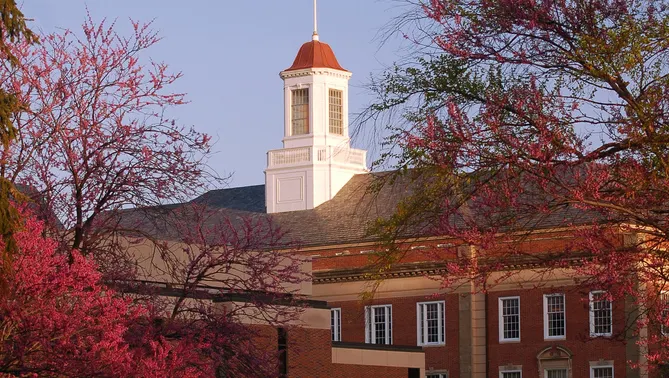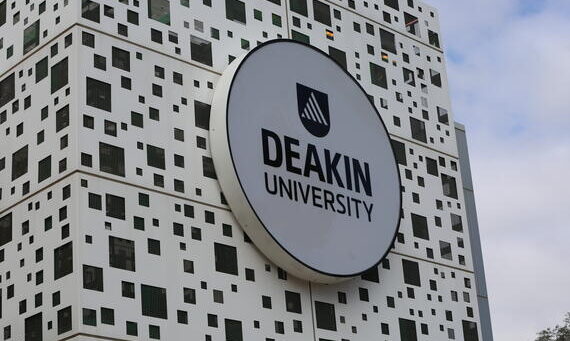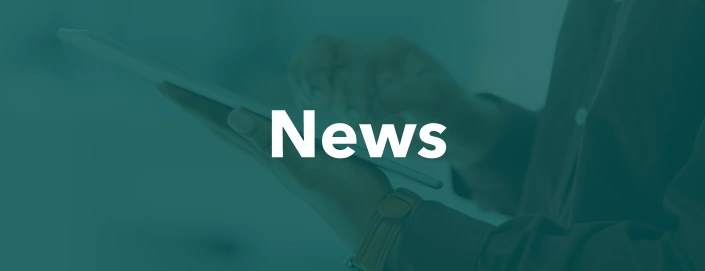This blog was kindly authored by Vincenzo Raimo, an international higher education consultant, with analysis from CIL Management Consultants.
UK universities face an increasingly constrained financial landscape. Across all four nations, domestic undergraduate tuition fees are regulated and have failed to keep pace with rising costs. In England, the cap is currently £9,535 and, following the UK Government’s recent announcement, will rise annually in line with inflation from 2026, with eligibility linked to standards. This modest change does little to reverse years of real-terms decline, leaving much of the UK’s undergraduate teaching provision structurally loss-making. In Wales, fees remain capped at £9,535; in Northern Ireland they are £4,855; and for Scottish-domiciled students studying in Scotland, there are no tuition fees at all.
In this environment, attention naturally turns to those parts of university income that are unregulated, most notably fees for international students and postgraduate programmes. Master’s fees for home students are unregulated in all four nations, and universities are free to set their own international tuition rates.
Much of the public debate has focused on the fee levels charged by some higher-ranked universities and the narrative that international students subsidise domestic education and research. While this is certainly true for many institutions, it is far from universal.
Once scholarships, discounts, agent commissions and other costs of acquisition are deducted, the margins on international student recruitment can be modest, and sometimes non-existent. For a growing number of institutions, particularly those struggling to fill domestic places, international recruitment at low net revenue levels has become a way of keeping the lights on. Better, in some cases, to have some income to cover fixed costs than none at all.
But this is not a sustainable strategy. If international recruitment is to continue underpinning the financial viability of UK universities, much greater attention needs to be paid to pricing strategy.
The price–profit relationship
CIL Management Consultants recently analysed how UK universities can use pricing more strategically to support growth and profitability. Their work highlights just how powerful pricing can be as a financial lever compared with more commonly pursued strategies such as chasing volume or cutting costs.
Their analysis included an illustrative calculation based on a scenario where a university charges tuition fees of £25,000 per international student, enrols 50 students on the course, and incurs a cost of acquisition of £4,000 per student (including scholarships, discounts and agent commissions).
Under this model, a 5% increase in tuition fees would generate around a 6% uplift in profit, outpacing the gains from a 5% rise in enrolments (around 5%) or a 5% reduction in acquisition costs (around 1%). In other words, price is the strongest profit lever available to universities.
Despite this, most institutions have historically set their international and postgraduate fees through incremental adjustments or by reference to competitors’ published fees, often without examining what those institutions actually charge in practice, and with little systematic consideration of how those fees influence volume, cost, and overall margin.
Understanding the margin challenge
CIL’s work also reinforces what many sector leaders already know: margins are being squeezed from all directions.
- Capped domestic fees leave undergraduate teaching structurally loss-making for many institutions.
- Rising operational costs, particularly staff, energy, and estates, continue to erode surpluses.
- High fixed cost bases limit flexibility, with cuts risking reductions in quality or capacity.
In this context, the international market has become the pressure valve. But unless pricing is managed strategically, even international markets will fail to deliver the surpluses universities depend upon.
Three levers for strategic pricing
CIL identify three main levers universities can use to improve pricing power and strengthen their financial position:
- Premium to domestic tuition fees: establishing deliberate price differentials that reflect a university’s strategic positioning, course value, and market dynamics. Currently, most universities operate with only a few broad fee bands, typically with humanities and much of the social sciences in the lowest band, lab-based subjects higher, and business or MBA programmes at the top.
A true pricing strategy would be far more nuanced. It would use evidence on student demand, graduate outcomes, and perceived market value to differentiate pricing across and within disciplines, rather than relying on legacy bands. Some programmes could justifiably command greater premiums; others might need lower pricing to maintain competitiveness or support diversity.
- Cost of acquisition: developing clear internal pricing rules to manage scholarships, discounts, and agent commissions. For many institutions, these often-hidden costs now absorb a significant share of international tuition income. Transparent frameworks for managing these levers are essential to protect margins.
- Responsive pricing: using dynamic adjustments during the application and enrolment cycle to optimise both numbers and yield. This approach, widely used in other sectors, allows universities to flex pricing and incentives in response to market performance, course capacity, and demand signals.
When applied together, these levers can transform a reactive pricing approach into a proactive, strategic tool for sustainability.
From volume to value
The sector’s dominant mindset has too often been volume-driven: more international students, more income. Yet volume without margin is a dangerous illusion of success. CIL’s analysis reminds us that an overreliance on high-volume, low-margin recruitment can rapidly undermine financial resilience, particularly when acquisition costs are rising.
Strategic pricing, by contrast, focuses on value, identifying where universities can sustain premiums, where scholarships genuinely drive conversion, and where cost reductions can be achieved without compromising quality or reputation.
This is not simply a commercial exercise. It’s about ensuring that the financial model underpinning UK higher education remains viable enough to support teaching, research, and public value in the long term.
Making pricing strategic
For universities, developing a coherent pricing strategy means integrating finance, recruitment, marketing, and academic planning functions around shared objectives. It also means looking across all offerings to ensure fee levels reflect the real value, demand, and cost to deliver each programme.
Above all, it requires cultural change. Pricing cannot be left to annual cycles of incremental uplifts or reactive discounts. It needs to become a core component of institutional strategy linked to brand, market position, and mission.
Pricing for purpose and sustainability
Price should not be treated as a purely commercial consideration or an uncomfortable topic best left to finance teams. It is a strategic tool that, when used intelligently, can help universities balance their academic mission with financial sustainability.
A well-designed pricing strategy can sustain access by ensuring that scholarships and discounts are targeted where they make the greatest difference; it can maintain quality by protecting the resources needed to deliver excellent teaching and research; and it can enable innovation by generating the headroom for new programmes, partnerships and investment.
Reframing price as part of a university’s purpose, rather than as an administrative exercise or a market reaction, allows institutions to align financial decisions with their educational and societal goals. It invites governing bodies and senior leaders to ask not just what can the market bear, but what price best reflects the value we deliver, the students we want to attract, and the impact we want to have?
If the UK sector is to thrive amid constrained funding and rising costs, it must learn to price with both principle and precision. Getting price right is not about maximising income; it is about ensuring that universities remain able to deliver their mission sustainably for the long term.










